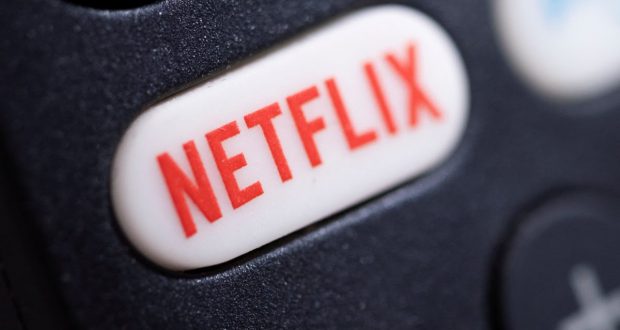
Netflix Inc shares lost over a third of their value on Wednesday after the company reported its first drop in subscribers in a decade, leaving Wall Street questioning its growth in the face of fierce competition and post-pandemic viewer fatigue.
The streaming pioneer’s shares fell 37% to $220.40 and were headed for their worst day in nearly 18 years if the losses hold. More than a dozen analysts rushed to temper their views on a stock that has been a red-hot market performer in the past few years.”We’re left with a business in transition. Subscribers have slowed and we struggle to see a return to a pre-Covid net add cadence,” Piper Sandler analyst Thomas Champion said in a note.
Demand for fresh and engaging content is also increasing, forcing Netflix and others to think about bigger budgets for production even as costs increase in an inflationary environment.
Netflix’s bigger problem was consumers cancelling their subscription due to inflation and post-pandemic user fatigue, than its profitability or business model, said Peter Garnry, head of equity strategy at Saxo Bank.
The share slump could erase the stock’s gain over the past two years, when its business thrived as new customers joined its platform to ride out the lockdowns.
In a letter to shareholders, Netflix attributed its subscriber loss to a number of factors, including a slowdown in the adoption of broadband and smart TVs; password sharing among households; and increased competition from both traditional cable and broadcast TV and other emerging streaming services. It also cited macroeconomic factors including increased inflation and Russia’s invasion of Ukraine, which prompted Netflix to shut down its service in Russia, reversing the modest subscriber growth in the European region by a loss of 700,000 Russian accounts.For years, Netflix was seen as the original disrupter in entertainment. Its emergence in the field prompted every major studio in Hollywood to adopt a streaming strategy to better compete with Netflix’s binge able, no-advertising revolution. Now with entrants like Disney+ and HBO Max sporting their own compelling services, the company may be forced to adopt some of the revenue streams that have made the traditional media companies successful for decades: theatrical distribution, advertising-supported subscription services and perhaps consumer products Netflix, with 221.64 million subscribers, still has the largest subscriber base of all the streaming services. But the company’s forecast of a loss of two million subscribers for its second quarter indicates that the slowing growth is likely to continue for the foreseeable future.
 Times Of Pedia Times of Pedia TOP News | Breaking news | Hot News | | Latest News | Current Affairs
Times Of Pedia Times of Pedia TOP News | Breaking news | Hot News | | Latest News | Current Affairs




